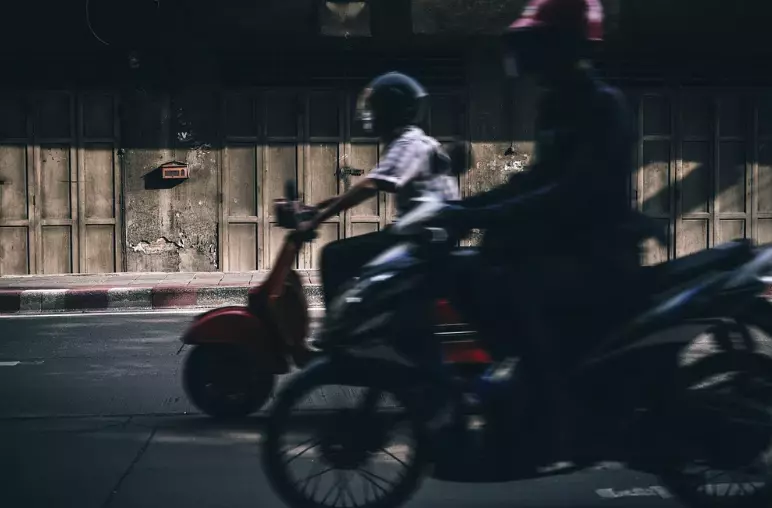Each and every scooter enthusiast knows (or at least should know) that one of the most important elements of protection is a helmet. Choosing the right helmet can greatly increase your safety and keep the ride itself perfectly enjoyable and comfortable. Let’s see then, what are the important factors that you should definitely consider when choosing a helmet for a scooter ride.
Compliance with safety standards
Believe it or not, there are certain safety regulations around helmets. Whether a helmet is required or not while riding a scooter (depending on age, speed, etc.) is a matter of local legislation. In addition, different countries have different requirements for helmets worn by motorcycle/scooter riders. So, before buying one, make sure that it meets the requirements set in your area. These are the most widespread standards of all currently used:
- ECE 22.05 (applied until 2024) and ECE 22.06 (the latest edition of demands), used by the ECE (European Economic Commission);
- DOT FMVSS 218 Helmet Safety Standard regulation, designed by the DOT (U.S. Department of Transportation);
- M2020 standard by Snell – an international non-profit organization.
These standards provide minimum requirements for head protection in the event of an accident. Thus, remember: simply following the most basic rules doesn’t mean you shouldn’t be cautious.
The comfort of a fitting helmet
Make sure that the helmet you are about to buy fits your head well and is generally comfortable to wear. When deciding on the helmet size, look at the charts provided by the manufacturer, and measure the volume of your head.
The helmet should fit snugly on the head without bringing the unpleasant tightness or squeezing sensation. Carefully check if there is any unnerving pressure on certain points, such as the forehead or temples. Also, make sure you have enough room to wear additional equipment such as goggles or a mask.

Material and structural design
Scooter helmets are made from a variety of materials including polycarbonate, fiberglass, and carbon fiber. Each of the various available materials is characterized by its own pros and cons in terms of durability, weight, and overall cost. Consider your individual preferences and budget when choosing a helmet material.
The design of the helmet also plays an important role in its protective properties. The helmet should have a comfortable and secure buckle, as well as good ventilation to ensure a comfortable ride in hot weather.
Visibility
Good visibility is a key safety factor when driving a scooter. Check if the helmet of your choice allows you to maintain the widest possible view. Goggles or a visor can also be useful to protect your eyes from wind, insects, and dust.
Artistic design and style
Choosing the style of a helmet is a matter of individual preference. One of the existing designs will enchant you. Keep in mind, however, that safety should always be at the forefront of your priorities. If possible, choose a brightly colored helmet with reflective elements to increase visibility on the road.
Checking the condition of your helmet
After purchasing a good helmet, check it regularly for damage, wear and tear, general deterioration of the construction, etc. If the helmet has been hit or has visible damage, acquire a new one, or repair it immediately. Remember that a helmet that has already been involved in an accident may lose its protective ability.
Conclusion
Having the necessary protection is a must for those who ride bikes or scooters. Especially now, as this way of commuting is getting more and more popular in big cities for both economical and cultural reasons.
Some people, who do not own a scooter, may still need to ride one occasionally. Well, there are renting options for such cases, of course. New Yorkers, for example, can always turn to a reputable Central Park scooter rental. But – buying your own scooter or renting one – never forget about a helmet!
